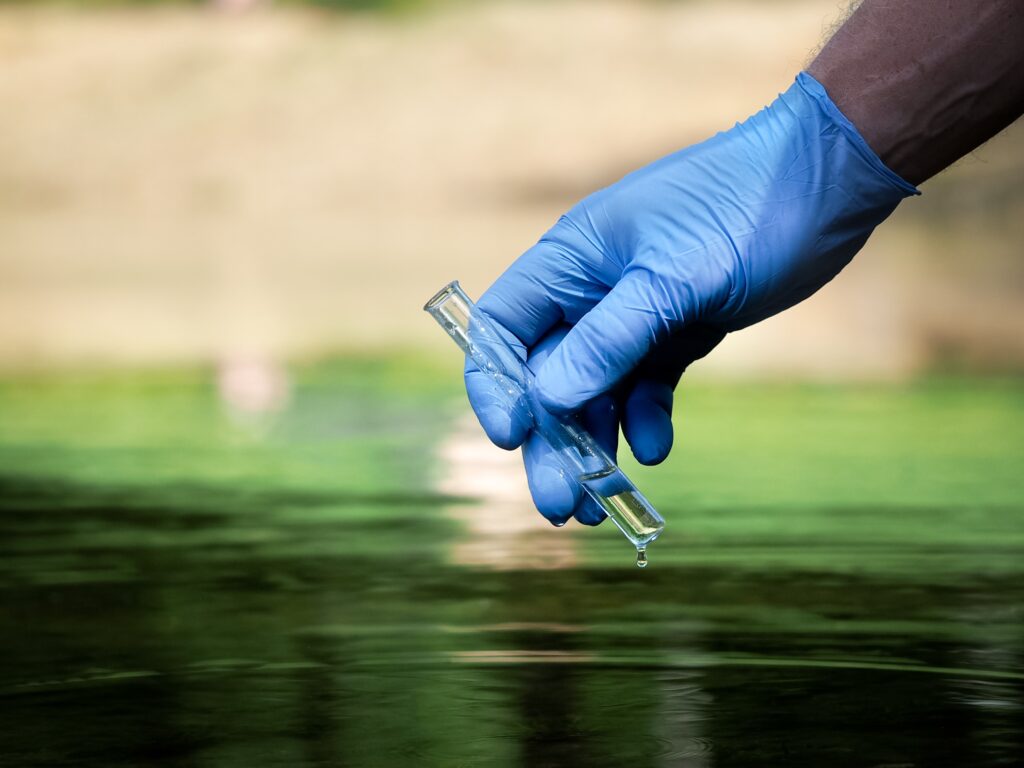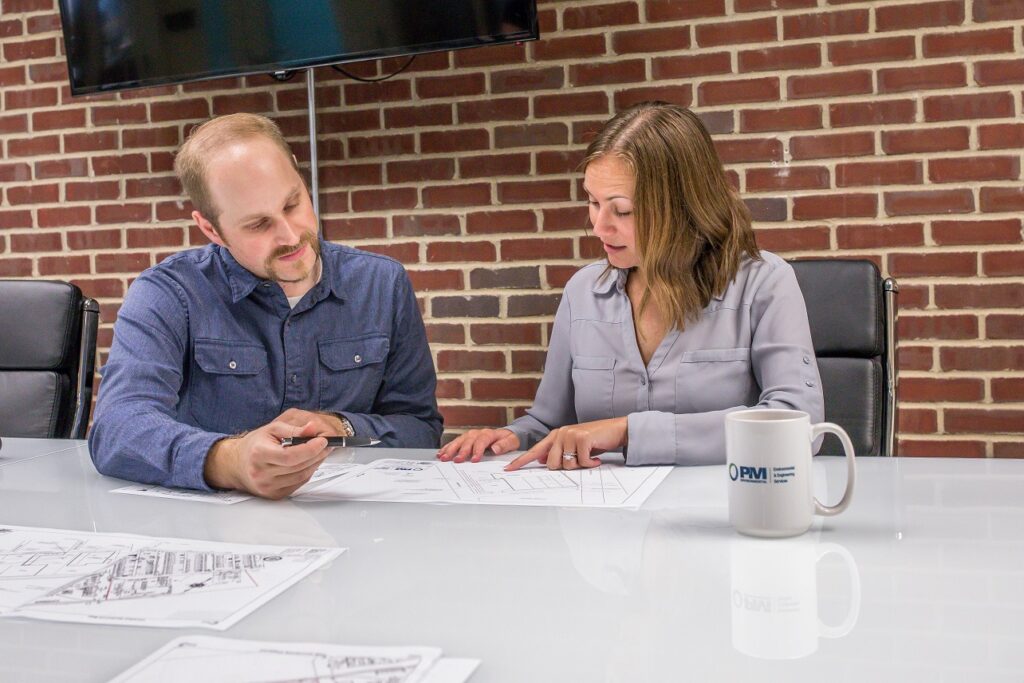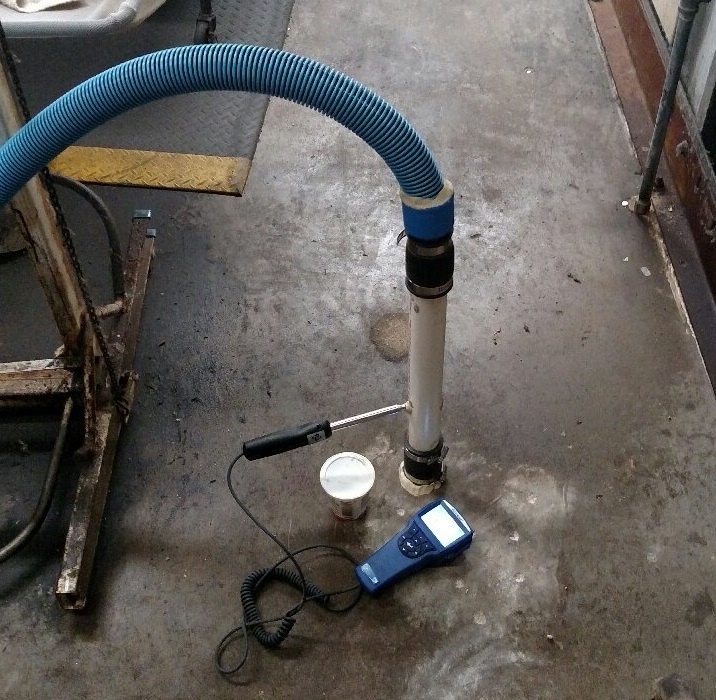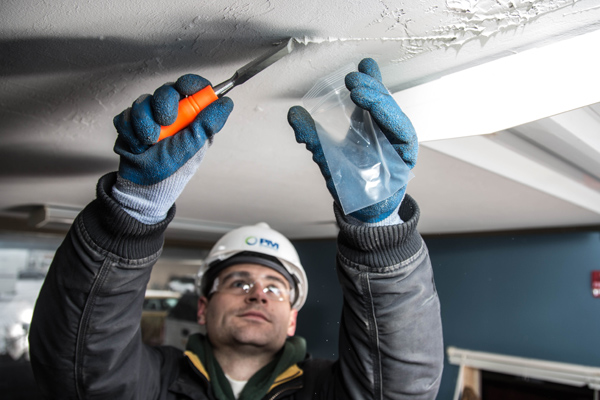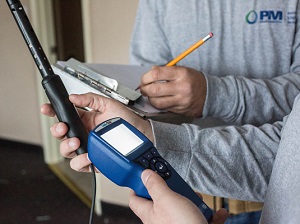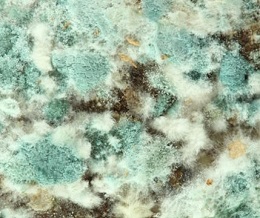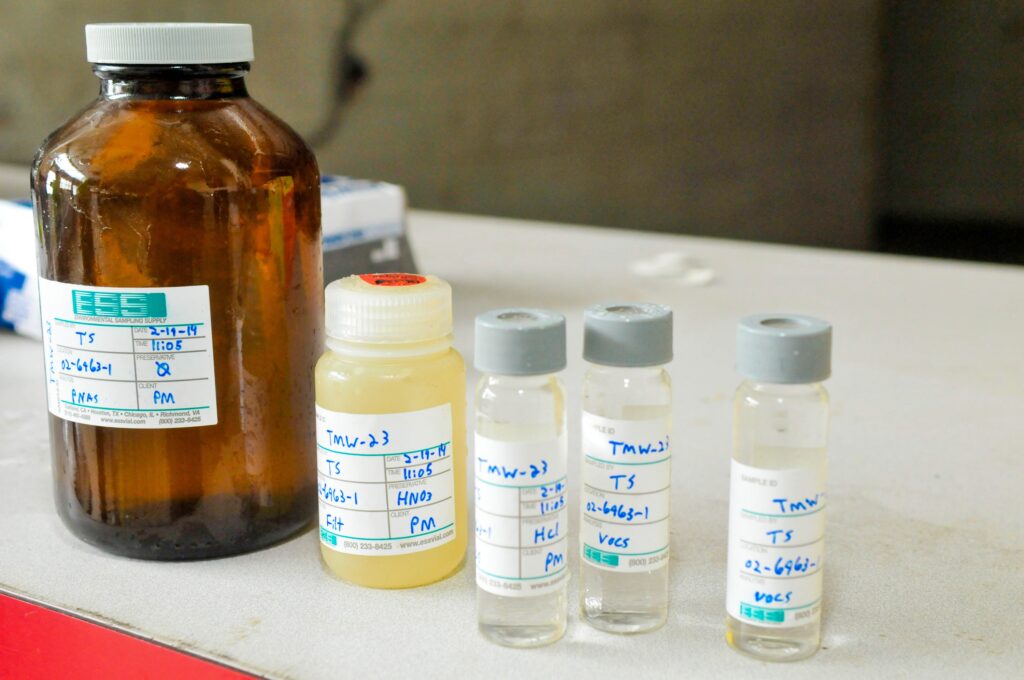Uncategorized
Experts Corner: An Update on PFAS
Media coverage has generated significant awareness of and questions about the risks of perfluoroalkyl substances, chemicals also known as PFAS. Here, we provide answers to some of the questions surrounding PFAS, and summarize some common practices implemented to manage the risks associated with their legacy. What are PFAS and what do they do? PFAS— stands…
Same Property, Different Conclusions: Why Environmental Site Assessments Vary From Report to Report
Some of the most common frustrations voiced by property purchasers and developers have to do with repetition and variation within the environmental due diligence process. Why is it necessary to conduct a Phase I Environmental Site Assessment (ESA) if one was completed by the previous owner? Why are there variations when comparing a current Phase…
A Guide to Pilot Testing
With recent changes to vapor regulations around the country, concerns about vapor intrusion have never been greater. Vapor intrusion, which threatens the indoor air quality of a building, can be found by testing soil and groundwater. Once the contamination has been identified it will need mitigation. But which mitigation approach is the right fit? How much…
Navigating the “Not Justs” of Industrial Hygiene
Don’t let these all-too-common, all-too-costly assumptions about environmental quality and industrial hygiene sideline your next hospital improvement or expansion project. The American Society for Healthcare Engineering (ASHE) recently published their 2018 Hospital Construction Survey. Among the survey’s many findings, we found one statistic particularly interesting: facilities managers reported that 61 percent of their current construction/renovation…
Untangling the Path to Due Diligence
When dealing with property acquisition, there is always some level of environmental risk. Whether you are a buyer, seller or lender, performing environmental due diligence is the best way to ensure that you don’t get stuck with someone else’s environmental liabilities. So what exactly is environmental due diligence? What role does it play in acquiring…
Regulation Watch: What’s New, and What Might Be Next
Don’t be surprised if the rules of the environmental compliance road have changed since your last project. The environmental regulation landscape is constantly changing. A new administration, local staff changes, even a new fiscal year can make standard operating procedures anything but standard. Here we examine three areas of regulatory compliance important to property owners,…
5 Things You Need to Know About Mold
Mold is a common industrial hygiene concern with a lot of misconceptions. According to the Center for Disease Control and Prevention (CDC), mold can be found both indoors and outdoors and has the ability to survive in harsh environmental conditions. How many species of the fungi exist is unknown, but estimates range from tens of…
In Environmental Due Diligence: The Transaction’s the Thing
Environmental due diligence is an unavoidable part of a commercial real estate transaction. But how much diligence is enough? How long will the process take? How much will it cost? Finding answers begins with understanding the details of your transaction. Steve Price, CHMM, admits that when it comes to due diligence, he and his colleagues…
Navigating NEPA
The National Environmental Policy Act (NEPA) is expansive, exhaustive and inescapable. For developers in the affordable housing segment, HUD approval hinges on demonstrating that a proposed project will comply with the items on their Statutory Checklist prior to a commitment of funding. NEPA provides widespread protection for the people, wildlife, resources and history of a…
How is Groundwater Sampling Done? {Infographic}
When Recognized Environmental Conditions (RECs) are found on a property, the next step of action is to conduct a Phase II Environmental Site Assessment (ESA). Part of the Phase II involves groundwater sampling, in which scientists drill into the potentially contaminated soil using a Geoprobe until water is reached. Samples of water are collected, logged and sent to…

